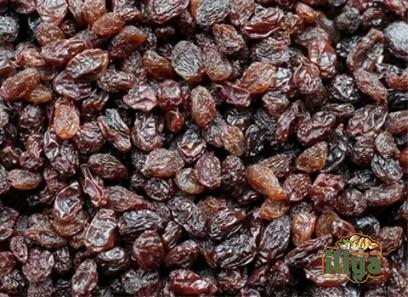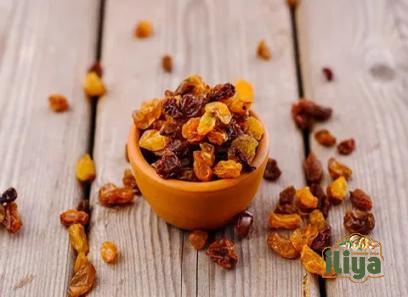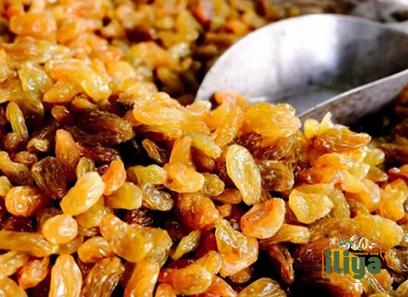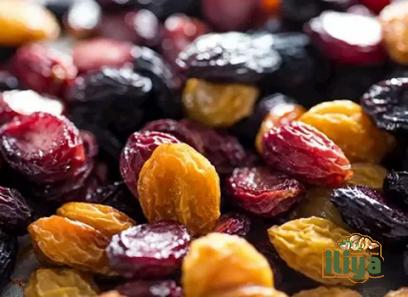Dried raisins, often overlooked in the realm of superfoods, pack a powerful punch when it comes to both flavor and nutrition.
These unassuming little fruits are actually nature’s candy, offering a burst of sweetness along with a plethora of health benefits.
In this comprehensive guide, we will delve into the world of dried raisins, exploring their origins, nutritional value, health benefits, culinary uses, and much more.
So, grab a handful of these chewy delights and let’s embark on a journey to uncover the hidden treasures of dried raisins.
The Journey of Dried Raisins: From Vine to Table
Before we delve into the nutritional benefits of dried raisins, it’s essential to understand how these sweet treats are made.
Raisins are simply dried grapes, with the dehydration process concentrating their natural sugars and flavors.
The most common type of grape used for making raisins is the Thompson Seedless grape, known for its high sugar content and delicate flavor.
The process of making dried raisins involves harvesting ripe grapes, dipping them in an alkaline solution to speed up drying, and then laying them out in the sun to dehydrate. This natural drying method allows the grapes to shrivel and transform into the chewy, sweet raisins we all know and love.
Alternatively, some raisins are dried using mechanical drying methods or dehydrators, which offer a more controlled environment for the drying process.

.
 Exploring Varieties of Dried Raisins: From Golden to Black
Exploring Varieties of Dried Raisins: From Golden to Black
While the classic Thompson Seedless raisins are the most commonly consumed variety, several other types of dried raisins offer unique flavors and textures.
Here are some popular varieties of dried raisins
Golden Raisins
These raisins are made from different grape varieties, such as Muscat grapes, which result in a lighter color and sweeter taste compared to traditional raisins.
Golden raisins are often used in baking and cooking for their distinctive flavor.
Sultanas
Sultanas are dried seedless grapes that are lighter in color and sweeter in taste than regular raisins.
They are commonly used in baking, confectionery, and fruit mixes for their soft texture and mild flavor.
Currants
Currants are small, dark-dried grapes that are often mistaken for raisins.
They have a tangy-sweet flavor and are commonly used in baked goods, trail mixes, and savory dishes for their intense taste.
Black Raisins
Black raisins, also known as Monika raisins, are made from dark-colored grapes and have a richer flavor compared to traditional raisins.
They are often enjoyed as a snack or added to oatmeal, yogurt, and desserts for an extra burst of sweetness.
.
 Dried raisins may be small in size, but they pack a flavorful and nutritious punch that makes them a versatile and valuable ingredient in any kitchen.
Dried raisins may be small in size, but they pack a flavorful and nutritious punch that makes them a versatile and valuable ingredient in any kitchen.
From their origins as humble grapes to their transformation into chewy, sweet raisins, these dried fruits offer a wealth of health benefits, culinary possibilities, and sensory delights.
Whether enjoyed on their own as a quick snack, added to baked goods for a touch of sweetness, or incorporated into savory dishes for depth of flavor, dried raisins have earned their place as a beloved superfood in the world of nutrition and gastronomy.
.
 So, the next time you reach for a snack or seek inspiration for a new recipe, consider the humble dried raisin and the myriad ways in which it can elevate your culinary creations and nourish your body.
So, the next time you reach for a snack or seek inspiration for a new recipe, consider the humble dried raisin and the myriad ways in which it can elevate your culinary creations and nourish your body.
Embrace the sweet and nutritious essence of dried raisins, and savor the simple pleasure of indulging in nature’s candy.











Your comment submitted.